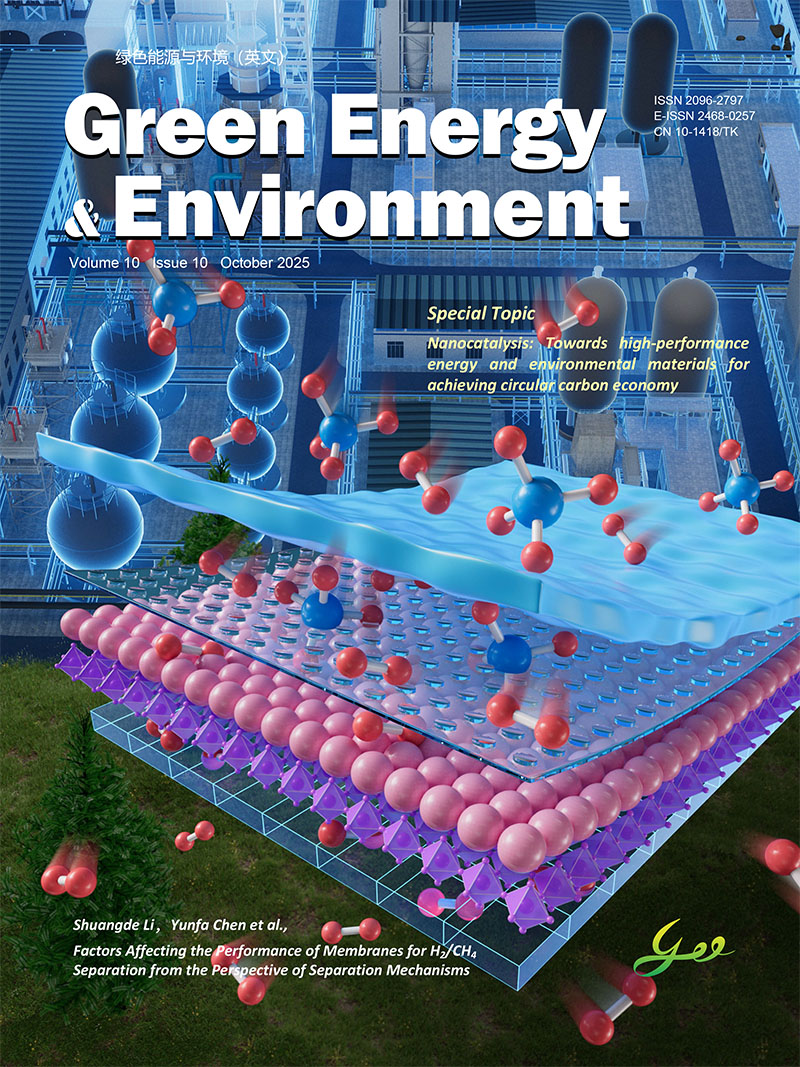In Press
Articles in press have been peer-reviewed and accepted, which are not yet assigned to volumes/issues, but are citable by Digital Object Identifier (DOI).
Display Method:
, Available online , doi: 10.1016/j.gee.2025.11.003
Abstract:
, Available online , doi: 10.1016/j.gee.2025.11.002
Abstract:
, Available online , doi: 10.1016/j.gee.2025.10.012
Abstract:
, Available online , doi: 10.1016/j.gee.2025.10.011
Abstract:
, Available online , doi: 10.1016/j.gee.2025.10.010
Abstract:
, Available online , doi: 10.1016/j.gee.2025.10.007
Abstract:
, Available online , doi: 10.1016/j.gee.2025.10.008
Abstract:
, Available online , doi: 10.1016/j.gee.2025.10.005
Abstract:
, Available online , doi: 10.1016/j.gee.2025.10.003
Abstract:
, Available online , doi: 10.1016/j.gee.2025.09.005
Abstract:
, Available online , doi: 10.1016/j.gee.2025.09.007
Abstract:
, Available online , doi: 10.1016/j.gee.2025.09.012
Abstract:
, Available online , doi: 10.1016/j.gee.2025.09.004
Abstract:
, Available online , doi: 10.1016/j.gee.2025.09.011
Abstract:
, Available online , doi: 10.1016/j.gee.2025.09.001
Abstract:
, Available online , doi: 10.1016/j.gee.2025.09.002
Abstract:
, Available online , doi: 10.1016/j.gee.2025.09.006
Abstract:
, Available online , doi: 10.1016/j.gee.2025.09.010
Abstract:
, Available online , doi: 10.1016/j.gee.2025.09.003
Abstract:
, Available online , doi: 10.1016/j.gee.2025.08.003
Abstract:
, Available online , doi: 10.1016/j.gee.2025.08.001
Abstract:
, Available online , doi: 10.1016/j.gee.2025.08.002
Abstract:
, Available online , doi: 10.1016/j.gee.2025.07.018
Abstract:
, Available online , doi: 10.1016/j.gee.2025.07.017
Abstract:
, Available online , doi: 10.1016/j.gee.2025.07.009
Abstract:
, Available online , doi: 10.1016/j.gee.2025.07.012
Abstract:
, Available online , doi: 10.1016/j.gee.2025.07.011
Abstract:
, Available online , doi: 10.1016/j.gee.2025.07.001
Abstract:
, Available online , doi: 10.1016/j.gee.2025.07.002
Abstract:
, Available online , doi: 10.1016/j.gee.2025.07.006
Abstract:
, Available online , doi: 10.1016/j.gee.2025.06.006
Abstract:
, Available online , doi: 10.1016/j.gee.2025.06.007
Abstract:
, Available online , doi: 10.1016/j.gee.2025.06.005
Abstract:
, Available online , doi: 10.1016/j.gee.2025.06.003
Abstract:
, Available online , doi: 10.1016/j.gee.2025.06.004
Abstract:
, Available online , doi: 10.1016/j.gee.2025.05.010
Abstract:
, Available online , doi: 10.1016/j.gee.2025.05.001
Abstract:


00327-3c5e5c44a-9244-4505-834e-8eda1e973854.png)






 京公网安备 11010802039050号
京公网安备 11010802039050号